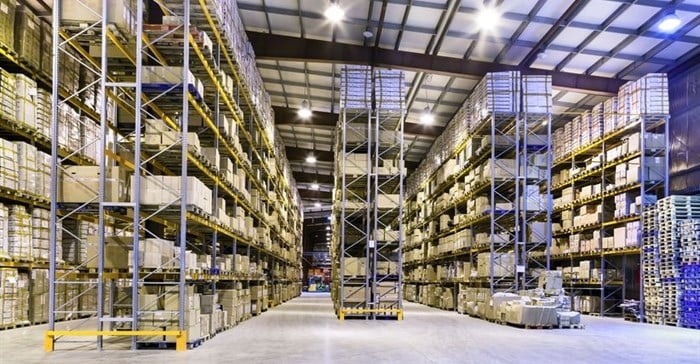Industrial, logistics accommodation growing in strength - report

Zandile Makhoba, head of research for Sub-Saharan Africa, JLL, comments: “As the technology economy advances, tertiary sectors - which provide products and services to all other industries in the economy - will continue to dominate. It is this context in which industrial and logistics accommodation is growing in strength.”
Changing development specifications
The report highlights the shifting demand for warehousing and logistics accommodation, and along with it the changing development specifications. For example, historically, industrial buildings required larger office components and needed to host higher employee numbers. In more modern industrial buildings, the office component has reduced significantly, and buildings are made to accommodate increased machinery and technology use as opposed to labour.
Four key factors are on the must-have list for modern industrial occupiers: Location is a big motivator with accessibility and visibility very important. Popularity of buildings in areas such as Jet Park, or Waterfall Estate with its highway frontage and opportunities for outdoor marketing, is evidence of this. Then the development of aerotropolis cities in KwaZulu-Natal (Dube Aerotropolis) and Gauteng (Aerotropolis Ekurhuleni) has also contributed to higher demand for accommodation near the King Shaka and OR Tambo international airports.
Other needs include larger yard space (to accommodate larger trucks and cargo vehicles), high volume maxi-units (occupiers are looking for big boxes, particularly for distribution and logistics use) and security (making access-controlled business parks popular).
No real threat of sharp oversupply
The report confirms that most developments to date have been non-speculative in nature, so there is no real threat of a sharp oversupply in the market. However, developer confidence has seen the rise of speculative developments which cater for more flexible lease terms. These adjusting lease terms are an indication of the increased presence of international occupiers and retailers, and the local market is beginning to align with international norms in the industrial leasing market.
Makhoba concludes, “The expansion of light industrial accommodation is also an indication of the increased pressure on transport infrastructure in South Africa, which is already showing signs of deterioration. The good news is that the public sector is making the necessary investments to improve infrastructure capacity to cope with this growth.”



















